inicio
17th International Conference on Topics in Astroparticle and Underground Physics
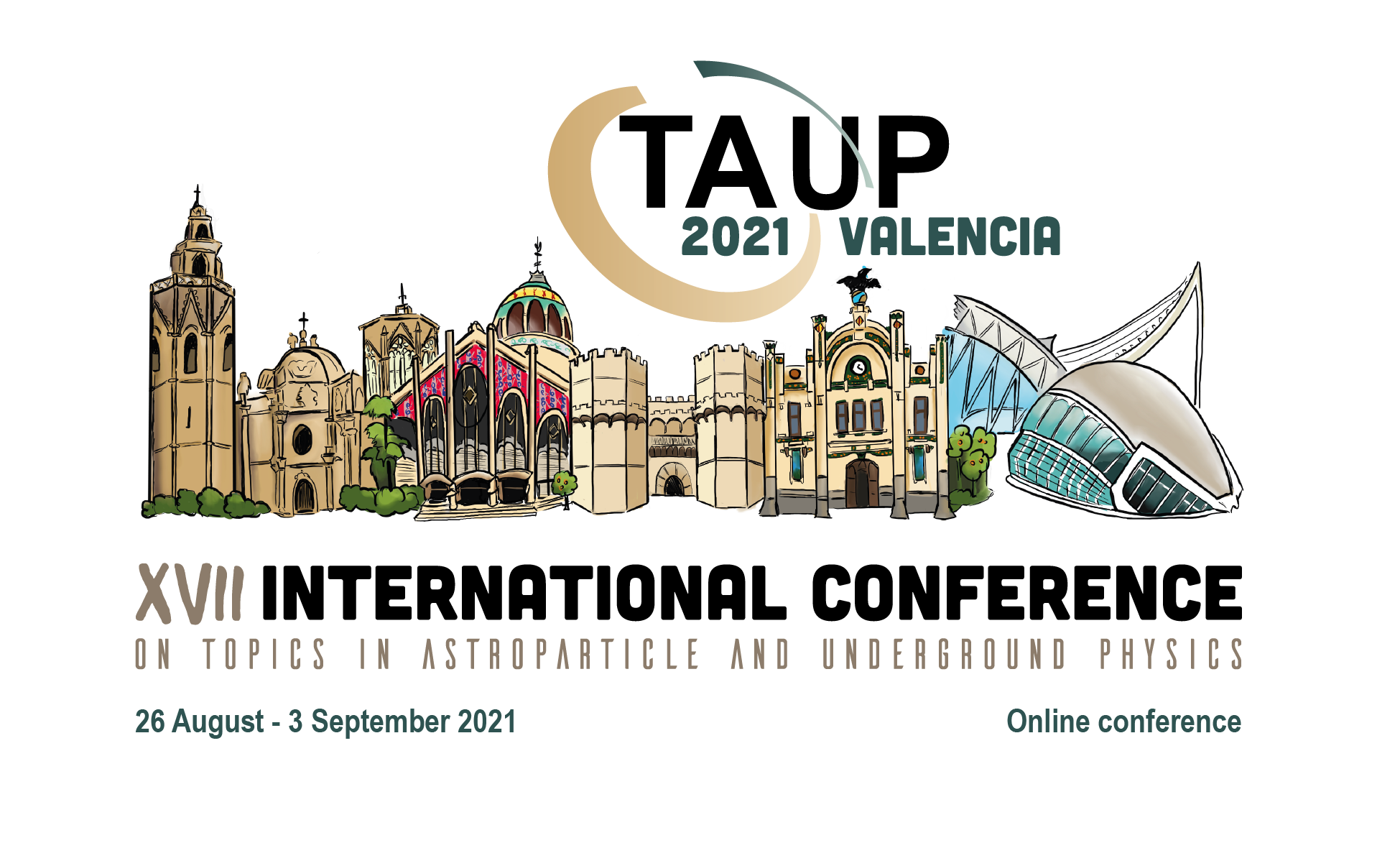
|
The TAUP 2021 logo was created by Dr Clara Murgui, a theoretical particle physicist who finished her PhD at IFIC in 2020. She works now as a postdoctoral researcher at Caltech.
Our logo depicts five of the most important landmarks in Valencia, spanning nine centuries of the history of our city. From left to right,
|
|||
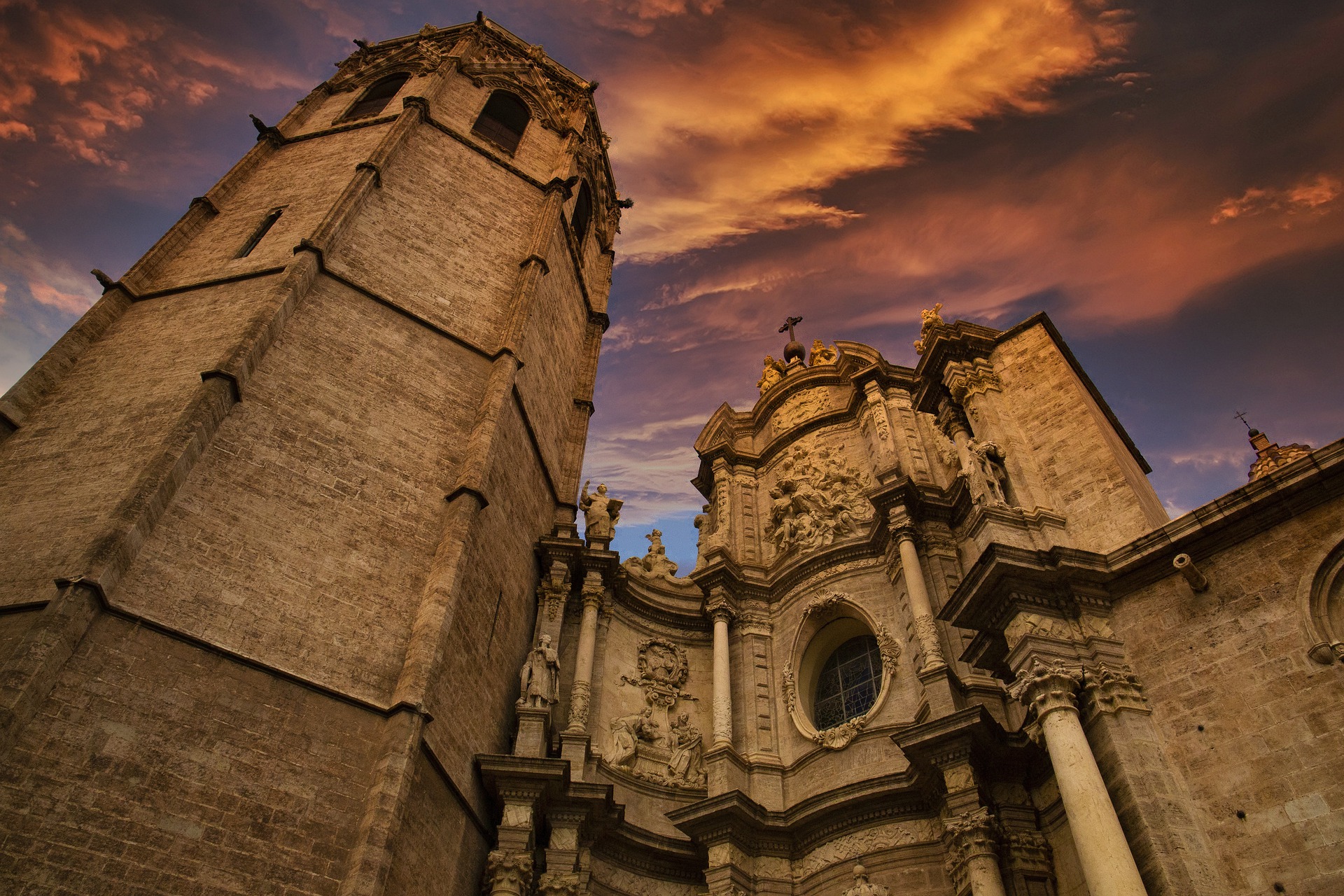 |
Situated in the historic centre of Valencia, the construction of the Cathedral began in the 13th
century, on the same site of the former Visigothic cathedral, that was later a mosque. It is mainly a
Gothic-style church but, since it was built over many centuries, it is also a mixture of other styles,
such as Romanesque, Renaissance, Baroque and Neoclassical. Some of its main features include the
Chapel of the Holy Chalice (a cup of polished agate of an oriental origin), the Renaissance frescoes
of the main altar, the Baroque-style Iron gate and the Palau or Almoina gate (Romanesque). You can
enjoy a nice panoramic view of the city climbing the Micalet tower, the Cathedral belfry.
|
||
|
One of the largest markets with fresh produce in Europe, it has more than 1,000 stalls where vendors
sell food items, including fruits, vegetables, meat, cheese, spices, fish, seafood, etc. The Central
Market was built in the 1910s, mainly in Valencian Art Nouveau style, with materials such as iron,
wood, ceramics and polychromed tiles. It has become a well-known place for tourists, but it is still
very popular for the locals, who know that they will find here the best fresh products from the
Valencia orchard.
|
|||
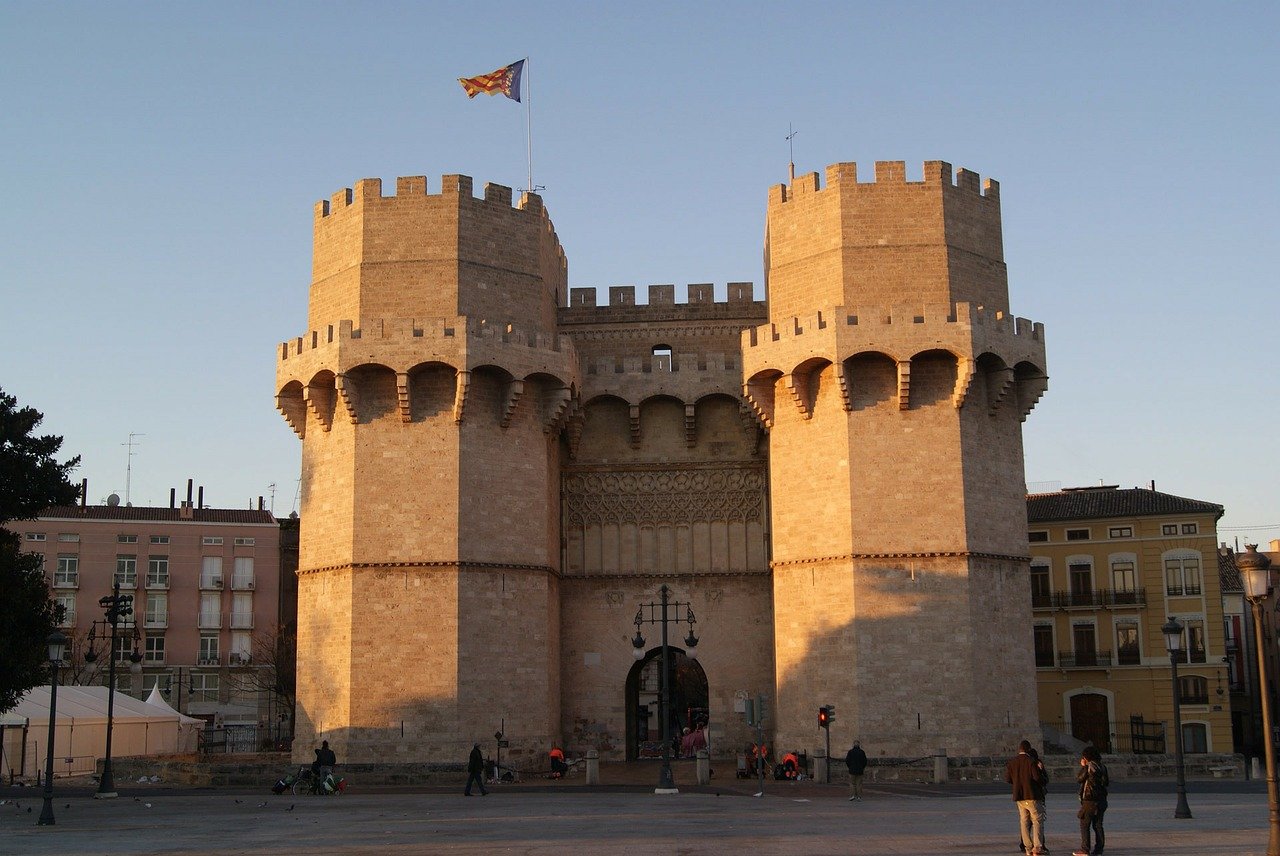 |
Also known as the Serranos Towers, it is the only gate that remains from the ancient city wall
(demolished in the 19th century), together with the Quart Gate. The Serranos Gate was built at the
end of the 14th century and represents an excellent example of Gothic architecture. For 300 years,
until 1887, it was used as a prison for the nobility. It was the main entrance to the city, used both as a
defensive feature and also as a triumphal arch.
|
||
|
Still in use, the North Railway Station was built in the early 20th century in the Valencian Art
Nouveau style. Its interior and exterior decoration is a tribute to the importance of the Valencian
orange trade. The façade exhibits a gothic influence in terms of its symmetry and modulation while
the quality of the mosaic work on the ceilings, walls, floors, wrought-iron grilles and the myriad of
colourful ceramics are superb.
|
|||
 |
An iconic complex of several buildings and structures, the City of Arts and Sciences is situated at the
eastern end of the former riverbed of the Turia, now a 9 km-long urban park. Built in 1996-2009, its
main buildings are the Hemisfèric (planetarium and IMAX cinema), the Science Museum and the
Palace of the Arts (opera house). It also holds the Oceanogràfic, the largest aquarium in Europe.
|
||

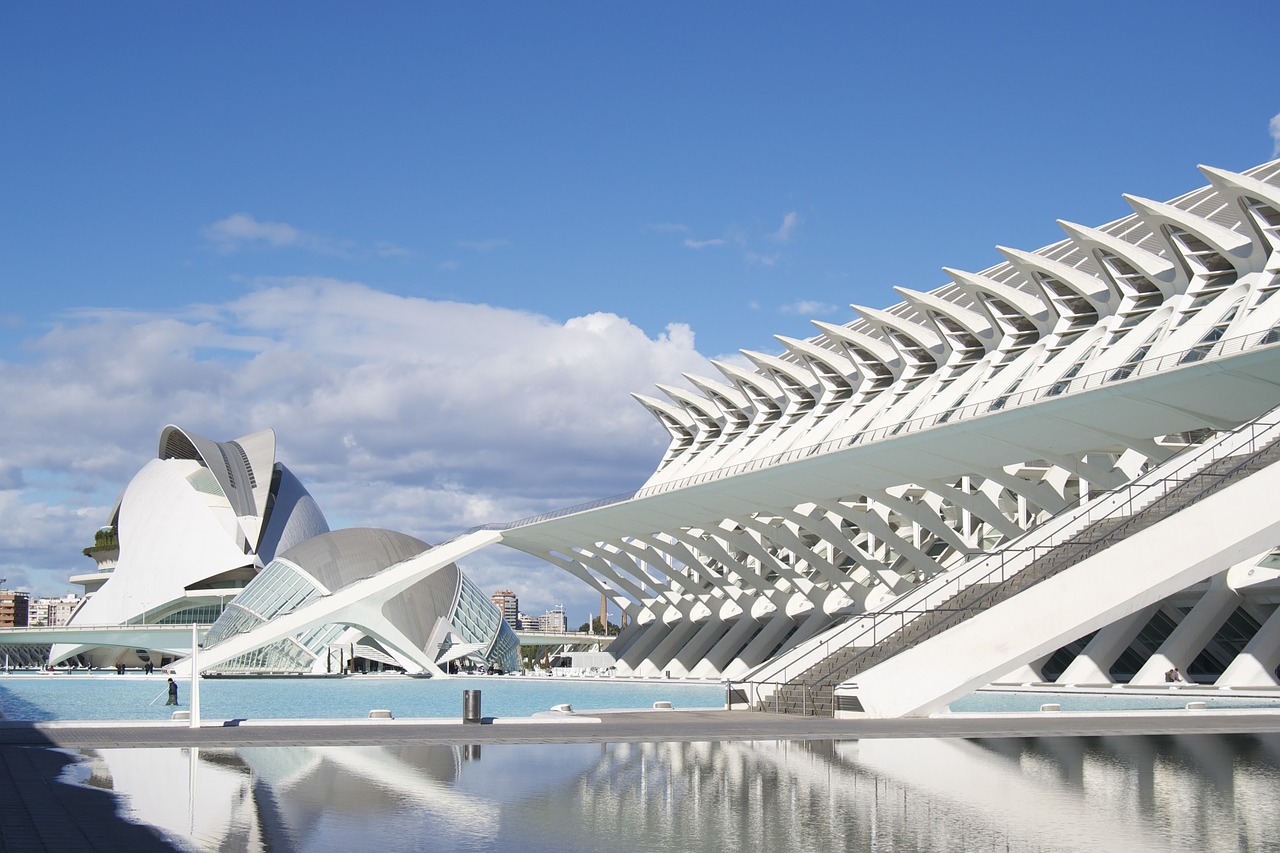
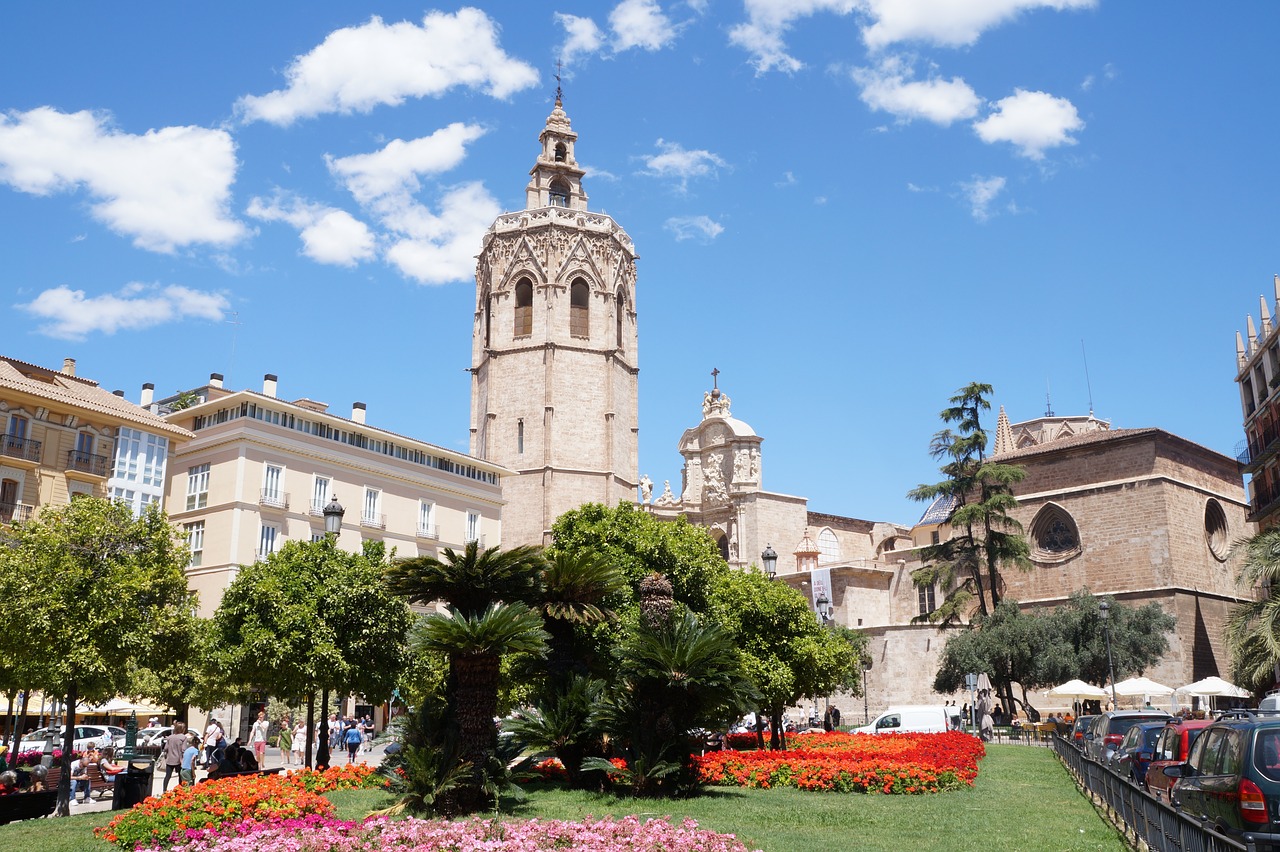


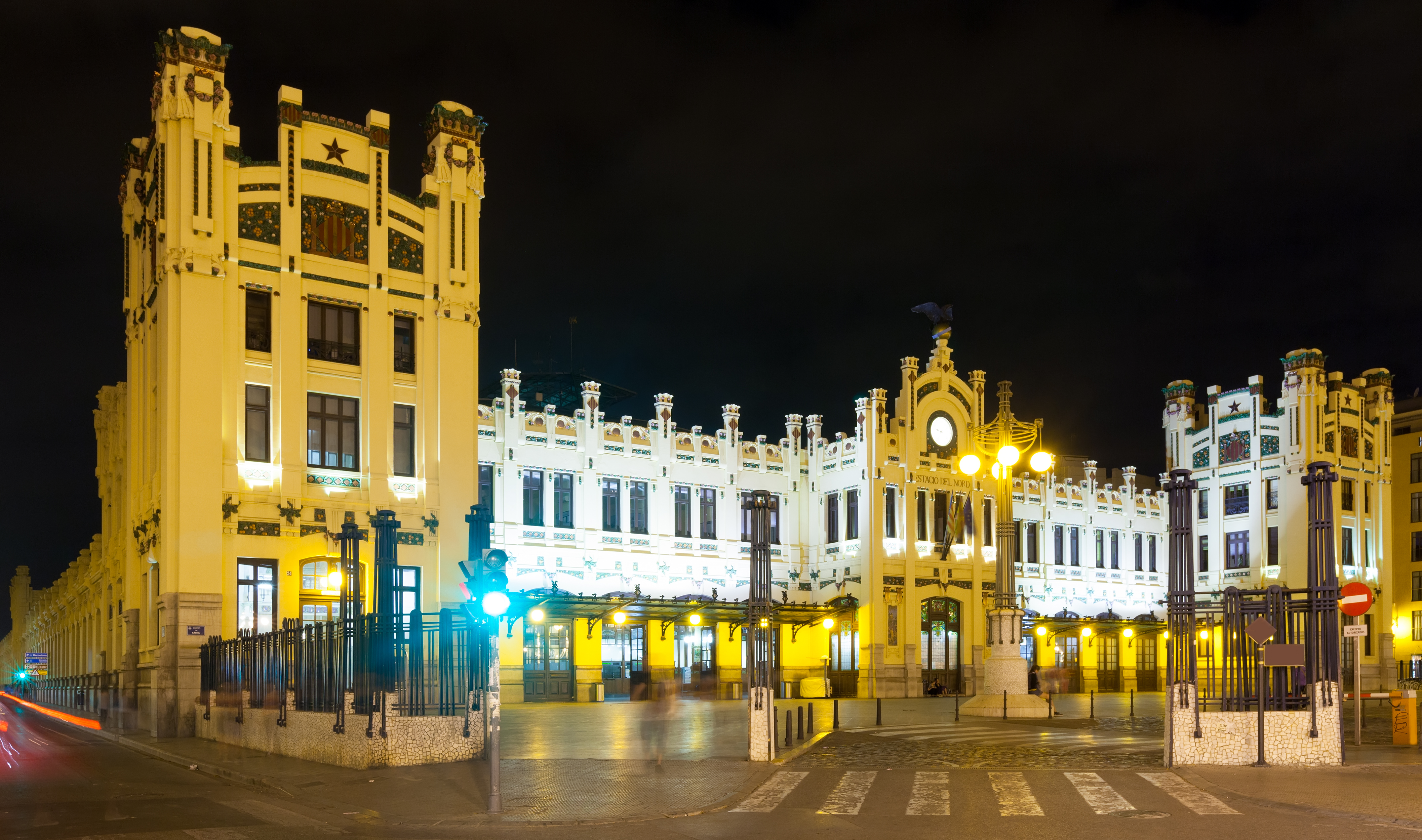
 Organizers, sponsors, collaborators
Organizers, sponsors, collaborators
